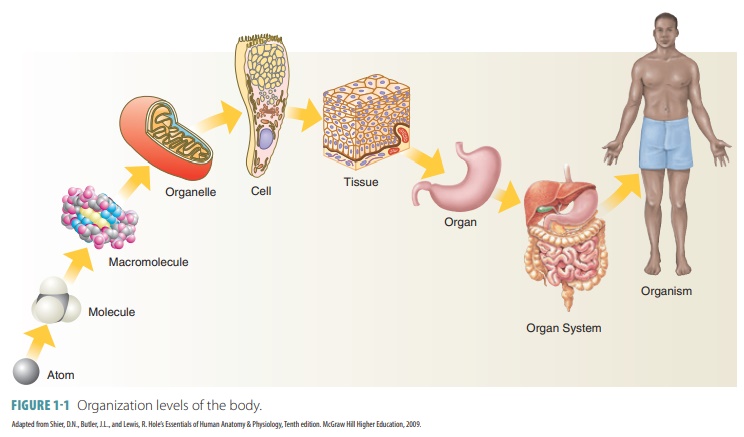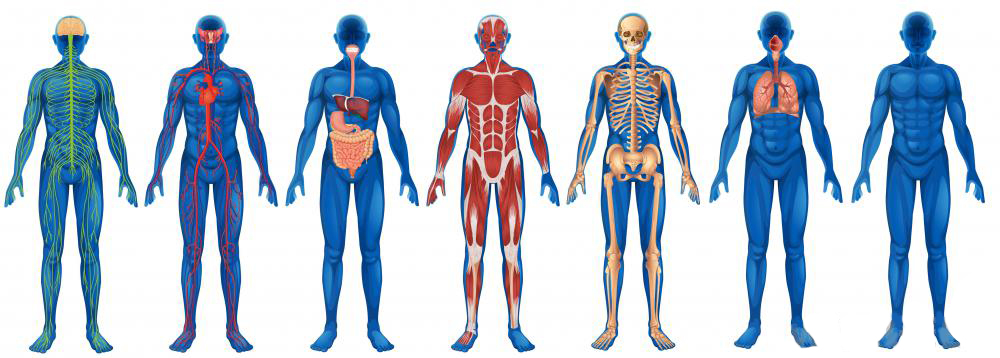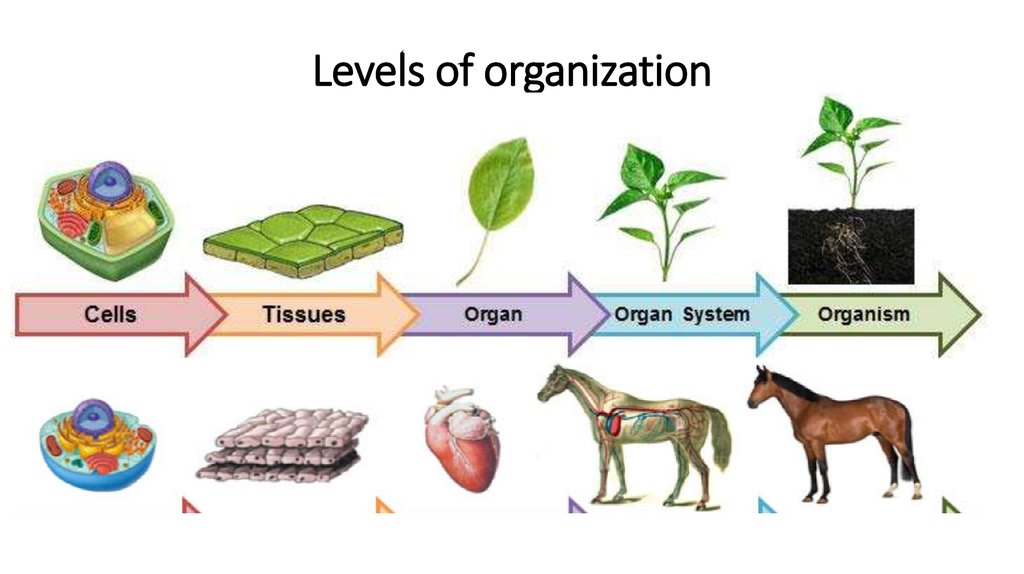Organization Levels of the Body Biology Diagrams
Organization Levels of the Body Biology Diagrams Female (left) and male (right) adult human bodies photographed in ventral (above) and dorsal (below) perspectives. Naturally-occurring pubic, body, and facial hair have been deliberately removed to show anatomy.. The human body is the entire structure of a human being.It is composed of many different types of cells that together create tissues and subsequently organs and then organ systems. Human body is a single structure composed of billions of tiny components, which can be classified into four main groups: cells, tissues, organs, and systems. At the microscopic level, the cell is the most basic and fundamental unit that forms the foundation of the entire human body. The biology of the human body includes: Anatomy( how the There are 12 major anatomy systems: Skeletal, Muscular, Cardiovascular, Digestive, Endocrine, Nervous, Respiratory, Immune/Lymphatic, Urinary, Female Reproductive, Male Reproductive, Integumentary. Muscular System The muscular system is responsible for the movement of the human body.

Medical Art Library is a resource for teachers, students, health professionals or anyone interested in learning about the anatomy of the human body. We are medical artists who love anatomy. We believe that Illustrations can help you focus on key structures, see relationships, and quickly understand anatomy- in a way that words alone can't.

Anatomy and Physiology of Human Body Biology Diagrams
The human body is the physical substance of the human organism. Characteristic of the vertebrate form, the human body has an internal skeleton with a backbone, and, as with the mammalian form, it has hair and mammary glands. Learn more about the composition, form, and physical adaptations of the human body.

Organ systems are groups of organs that collaborate to perform broad biological functions. The human body has 11 major organ systems: Circulatory System: Includes the heart and blood vessels, transporting blood, Comparative anatomy highlights evolutionary adaptations that suit each species' environment and lifestyle. Human organs share Understanding anatomy is essential in various fields, including medicine, biology, and forensics. By studying anatomy, we gain insights into how the body functions and how diseases manifest. In medical practice, knowledge of anatomy is crucial in diagnosing and treating patients. To sum up, understanding the anatomy of the human body is List of Human Body Parts. Human body parts comprise a head, neck and four limbs that are connected to a torso. Giving the body its shape is the skeleton, which is composed of cartilage and bone. Human body internal parts such as the lungs, heart, and brain, are enclosed within the skeletal system and are housed within the different internal
